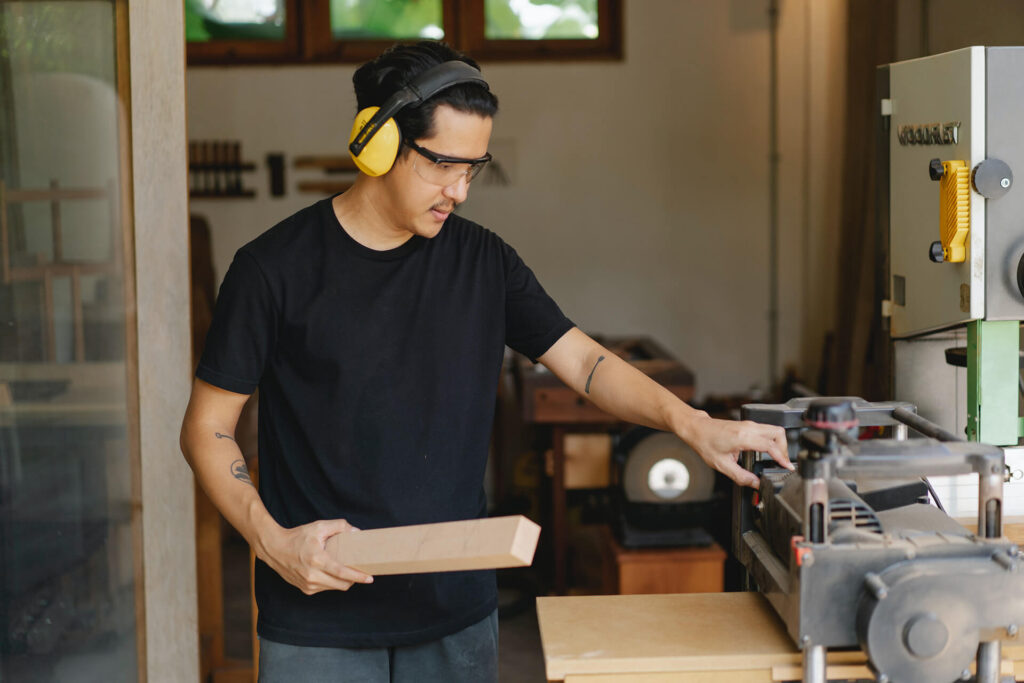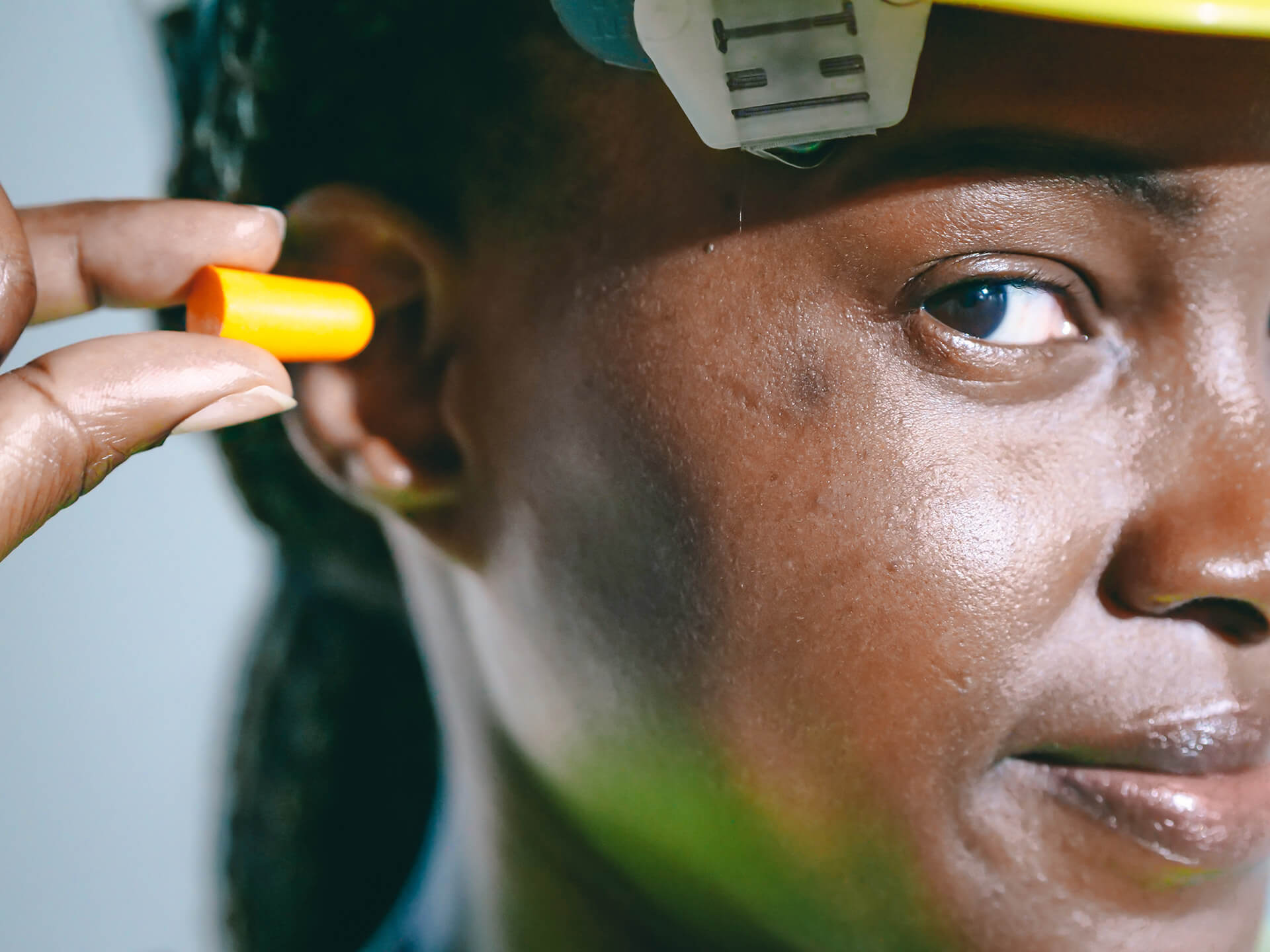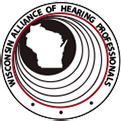Noise Induced Hearing Loss (NIHL) affects approximately 5% of the population worldwide (Zhou et al., 2013), making it a global public health concern.
Occupational NIHL occurs from continuous exposure to excessive noise, usually over a number of years.
Continuous noise in the work environment exceeding 85dB during an eight-hour shift, or impact noise exceeding 120dB during an eight-hour working shift, is considered hazardous.
Table of Contents
Has your hearing already been damaged by noise?
Noise Induced Hearing Loss (NIHL) occurs if the delicate hair cells, which are located inside the inner ear are sensory receptors that are not only sending messages to the brain differentiating sound, but also work within the vestibular (sensory) system affecting the sense of balance and spatial orientation, are damaged.
Read More: Can hearing loss cause other health problems? >
With NIHL, it can be felt or sensed in one or both ears and can be the result of a single incident or multiple exposures.
Depending on the severity of the damage, it can cause some or most of these symptoms:
- Sounds and voices are muffled or sound like they are underwater.
- It becomes harder to understand conversations.
- You turn the volume up more and more to adequately hear television or music on the radio or handheld device.
- Suffering from Tinnitus or ringing in the ears can get progressively worse, leading to insomnia and depression severely impacting quality of life.
Unfortunately, the damage is permanent, however, further deterioration can be avoided through prevention.
It’s especially important since an unavoidable consequence of NIHL may be accelerated age-related hearing loss as you get older.
Read More: What professions can cause hearing loss? >
Over 17% of people between the ages of 20 and 69 have hearing loss that is caused by their recreational or work activities.
Noise sources responsible for Noise Induced Hearing Loss
- Jackhammers
- Chainsaws
- Jet engines
- Loud headphones
- Nearby fireworks
- Sirens
- Motorcycles
- Busy Traffic
Differentiating Noise Induced Hearing Loss From Other Types of Hearing Loss
Audiometry is used to establish both the severity and type of Hearing Loss. Conventional audiometric tests (PTA) are used to differentiate between the four principal categories of Hearing Loss:
- Sensorineural Hearing Loss
- Conductive Hearing Loss
- Mixed Hearing Loss
- Functional Hearing Loss
1. Sensorineural Hearing Loss
Sensorineural HL is a dysfunction of the inner ear, outer hair cells of the cochlea, or auditory nerve. It is the most common type of HL and it is permanent.
Sensorineural HL can also be caused by viruses, tumors, or autoimmune disorders, or simply a result of aging. It ranges from mild to profound and the primary treatment is amplification.
Read More: Sensorineural Hearing Loss >
2. Conductive Hearing Loss
Conductive HL is attributed to damage or obstruction of the passages in the outer and/or middle ear. This often leads to problems transferring sound waves along the pathway through the outer ear, tympanic membrane (eardrum), or middle ear (ossicles).
Unilateral conductive HL is often the result of external or middle ear disease, and can also occur following a virus. The cause of conductive HL can usually be determined by examining the auditory canal and tympanic membrane.
Read More: Inner Ear Infection – Conductive Hearing Loss >
3. Mixed Hearing Loss
Mixed Hearing Loss is a combination of sensorineural and conductive hearing loss is referred to as Mixed Hearing Loss.
This can encompass damage in both the inner ear and the outer or middle ear that can be temporary or permanent. This damage can result in HL ranging from mild to profound. It is treated medically or with surgery.
Read More: Mixed Hearing Loss >
4. Functional Hearing Loss
When there is no detectable pathology in the auditory system and no hearing loss is detectable with audiology testing, HL is attributed to psychological or emotional problems.
Psychological treatment is the best course of action for functional HL.

Source: Pexels
Type of risks (measured in decibels) and how to avoid them
Loud noises are a part of life and it’s important to identify where there are unusually high risks so that they can be avoided or prevented.
A simple guide: decibels over 85 dB for extended periods (8 hours a day) can be damaging and 100 dB or more can cause NIHL in as little as 15 minutes.
Job-related risks
Occupational hazards are prevalent in jobs that put the employee in repeated and sustained environments with a loud noise, such as:
- Military jobs working around jet aircraft (135 dB) or loud ordinance and munitions (160 dB)
- Construction and Mining jobs that require the use of loud hand tools (110 dB) or large noisy equipment (130 dB)
- Agriculture jobs where people work around big equipment used to cultivate and harvest food products (110-140 dB)
- Transportation jobs (100-135 dB)
- First responder job police, firefighters, ambulance crew (120 dB)
Lifestyle risks
- Streaming music and videos (maximum volume is 135-140 dB)
- Operating home and lawn equipment (95-120 dB)
Hobby risks
- Concerts and sporting events (120-140 dB)
- Motorsports (105 dB)
- Hunting (140 dB)
- Woodworking (130 dB)
I think I have work-related hearing loss, what do I do?
If you think you may have noise induced hearing loss, you should see an audiologist. Audiologists are hearing professionals and are able to perform tests to check your hearing. Talk to your doctor about your hearing and ask to see an audiologist.
Read More: All About Workers’ Compensation >
If you have had a hearing test and/or have been diagnosed with hearing loss that you feel may be caused by working in one or more noisy workplaces you should contact us here at Johnson Law Offices and file a claim for noise-induced hearing loss.
Sources
- https://www.sira.nsw.gov.au/__data/assets/pdf_file/0006/603429/Occupational-Noise-Induced-Hearing-Loss-and-Audiometry-rapid-review.pdf
- https://www.connecthearing.ca/blog/hearing-and-hearing-loss/noise-induced-hearing-loss/
- https://www.maicoaudio.com/hearing-loss-articles/can-noise-induced-hearing-loss-reversed/
Contact Us
If you, or anyone you know, worked in noise and suffers from hearing loss, please do not hesitate to contact us.
Contact Us


